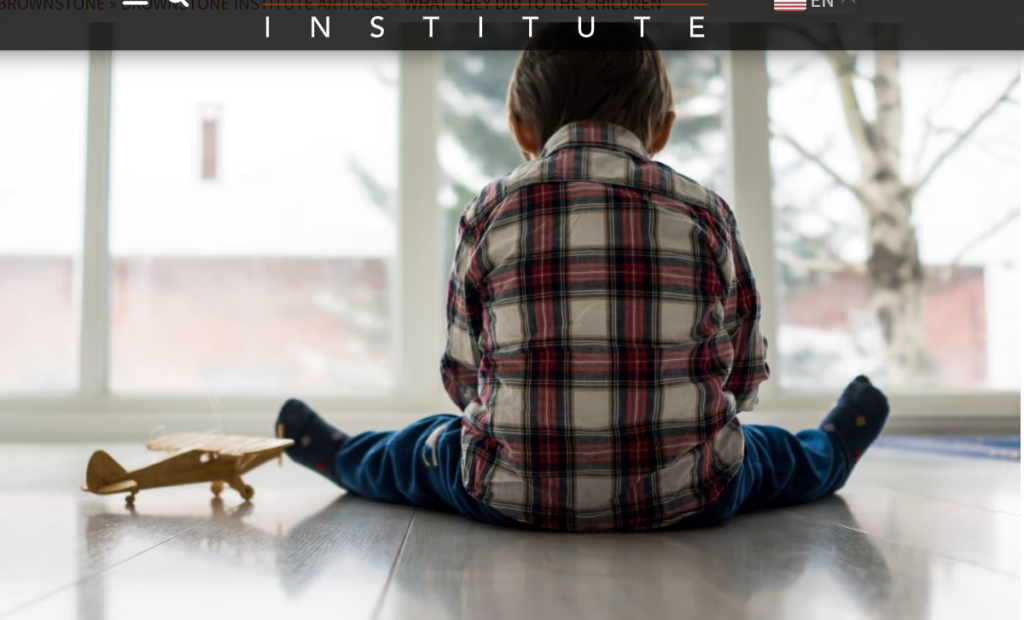
In today’s fast-paced world, the safety and well-being of our children are paramount. Unfortunately, there are instances where children are subjected to harmful practices, and it is crucial for us to be informed and take action to protect the most vulnerable members of our society. This article aims to shed light on what they did to the children, raising awareness about the various challenges they face and suggesting ways we can contribute to their well-being.
Understanding the Issues:
- Child Exploitation: Children are often victims of exploitation, including child labor, trafficking, and other forms of abuse. It is essential to recognize the signs and address the root causes of these issues.
- Cyberbullying and Online Harassment: In the digital age, children are exposed to the risks of cyberbullying and online harassment. Parents and educators must stay vigilant to protect children from the harmful effects of internet abuse.
- Childhood Poverty: Millions of children worldwide live in poverty, lacking access to proper nutrition, education, and healthcare. Tackling the root causes of childhood poverty is essential for creating a brighter future for these children.
- Childhood Mental Health: The mental health of children is a growing concern, with issues such as anxiety and depression on the rise. Addressing the stigma surrounding mental health and providing necessary support can make a significant impact.
- Childhood Education: Access to quality education is a fundamental right for every child. However, many children face barriers to education, such as lack of resources, gender discrimination, or armed conflict. Efforts to promote inclusive and accessible education are crucial.
Taking Action:
- Raise Awareness: Spread awareness about the issues children face through social media, blogs, and community events. The more people know, the more collective action we can inspire.
- Support Organizations: Contribute to and volunteer with organizations dedicated to children’s rights and well-being. These organizations work on the front lines to rescue exploited children, provide education, and support families in need.
- Advocate for Policy Change: Support and advocate for policies that protect children from exploitation, abuse, and discrimination. Engage with local and international initiatives working towards legislative changes for the betterment of children’s lives.
- Educate Children and Parents: Empower children with knowledge about their rights and safety. Educate parents and caregivers on effective parenting strategies, online safety, and the importance of mental health awareness.
- Promote Inclusivity: Encourage an inclusive environment that values diversity and supports all children, regardless of their background, abilities, or circumstances. Fostering empathy and understanding can create a safer and more supportive community.
Conclusion: As a society, we have a collective responsibility to protect and nurture our children. By understanding the challenges they face and taking concrete actions, we can contribute to creating a safer and brighter future for the next generation. Let us unite in the effort to undo the harm done to the children and ensure that they grow up in an environment that nurtures their well-being and potential.